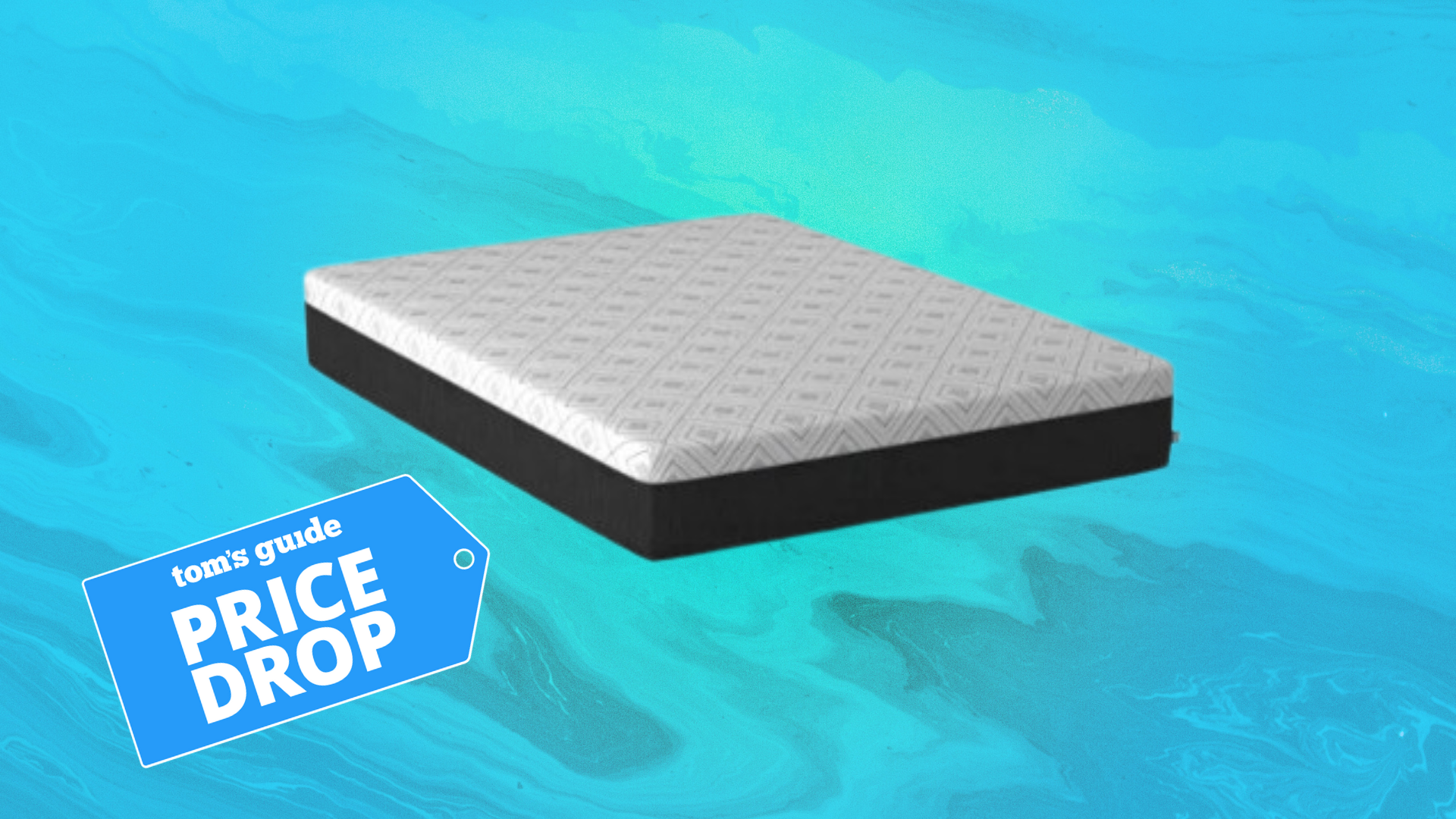Japanese floor mattress vs topper: which made the right temporary bed for me?
I compare Japanese floor mattresses and bed toppers in terms of price, design and comfort
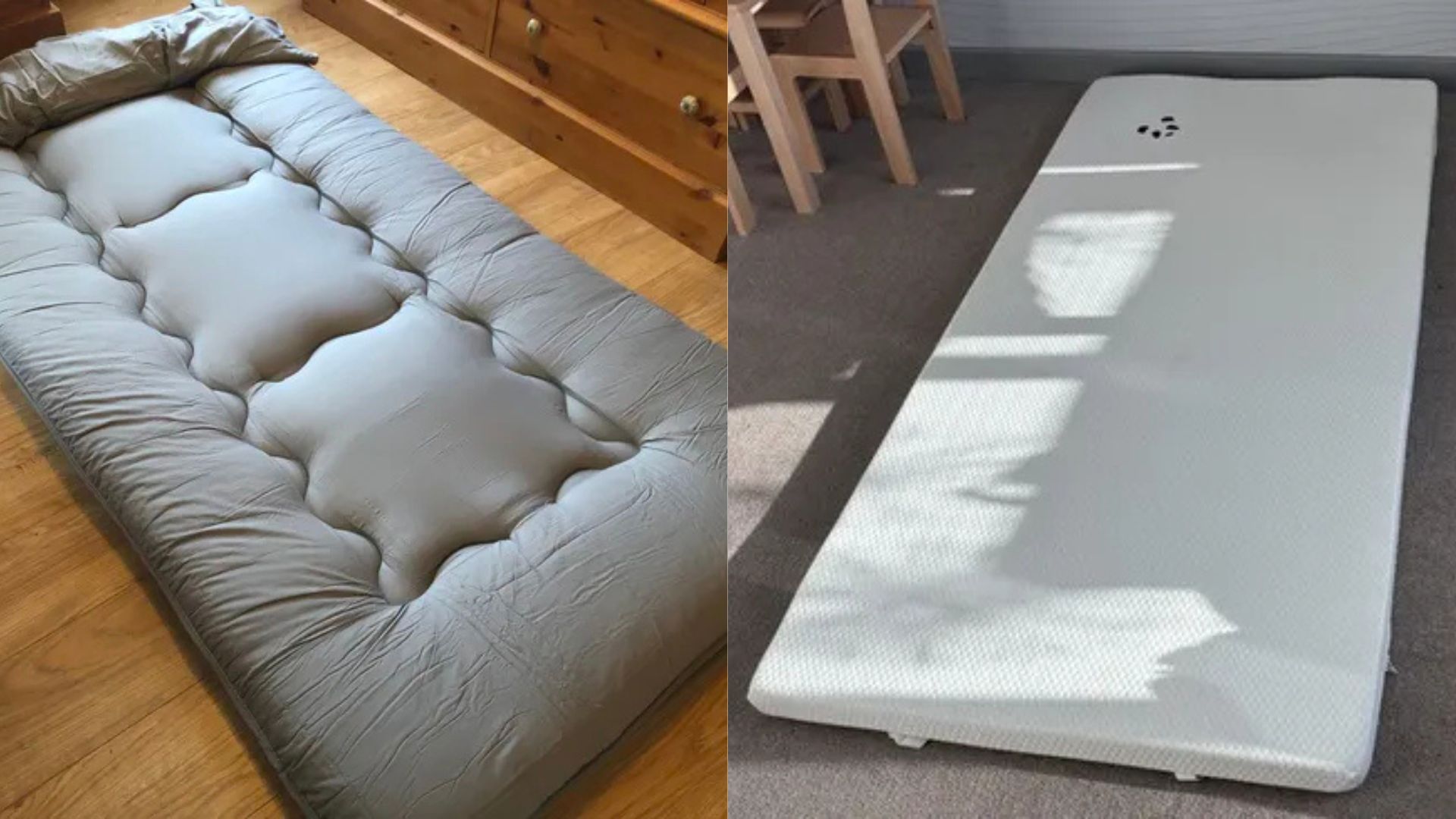
For someone who tests mattresses for a living, I ironically find myself without a bed. Most top-of-the-line mattresses I test are shipped in a box, meaning I often have to wait anywhere from 24 to 72 hours for them to fully expand before I can sleep on them.
This leaves me having to find a quick temporary bed to sleep on, and there are two makeshift sleep solutions I often rely on: Japanese floor mattresses or mattress toppers.
Japanese floor mattresses are rollable futons that resemble quilted mats and are designed (as the name suggests) to be used on the floor. Today's best mattress toppers, meanwhile, are often thick enough to provide short-term support.
I've slept on both Japanese floor mattresses and mattress toppers while waiting for my mattress to be ready for use, but which did I prefer? Here's a look at the two in terms of price, design and comfort...
Japanese floor mattress vs topper: Price and deals
- Japanese floor mattresses are usually between $60 and $99 for a twin
- The average twin bed topper is around $220, but can be as low as $30
- Mattress toppers usually come with a sleep trial and warranty
If you're looking for a short-term set-up for either yourself or just one visitor, then you'll likely only need a twin-size Japanese floor mattress.
Twin-size Japanese futons are rarely more than $100, with the average price between $60 and $99. A queen, on the other hand, can typically range from $100 to $150.
You can find Japanese floor mattresses at third party retailers, such as Amazon, Walmart and Target. Depending on the retailer, they usually come with free shipping and 30 to 90-day returns.
Get instant access to breaking news, the hottest reviews, great deals and helpful tips.
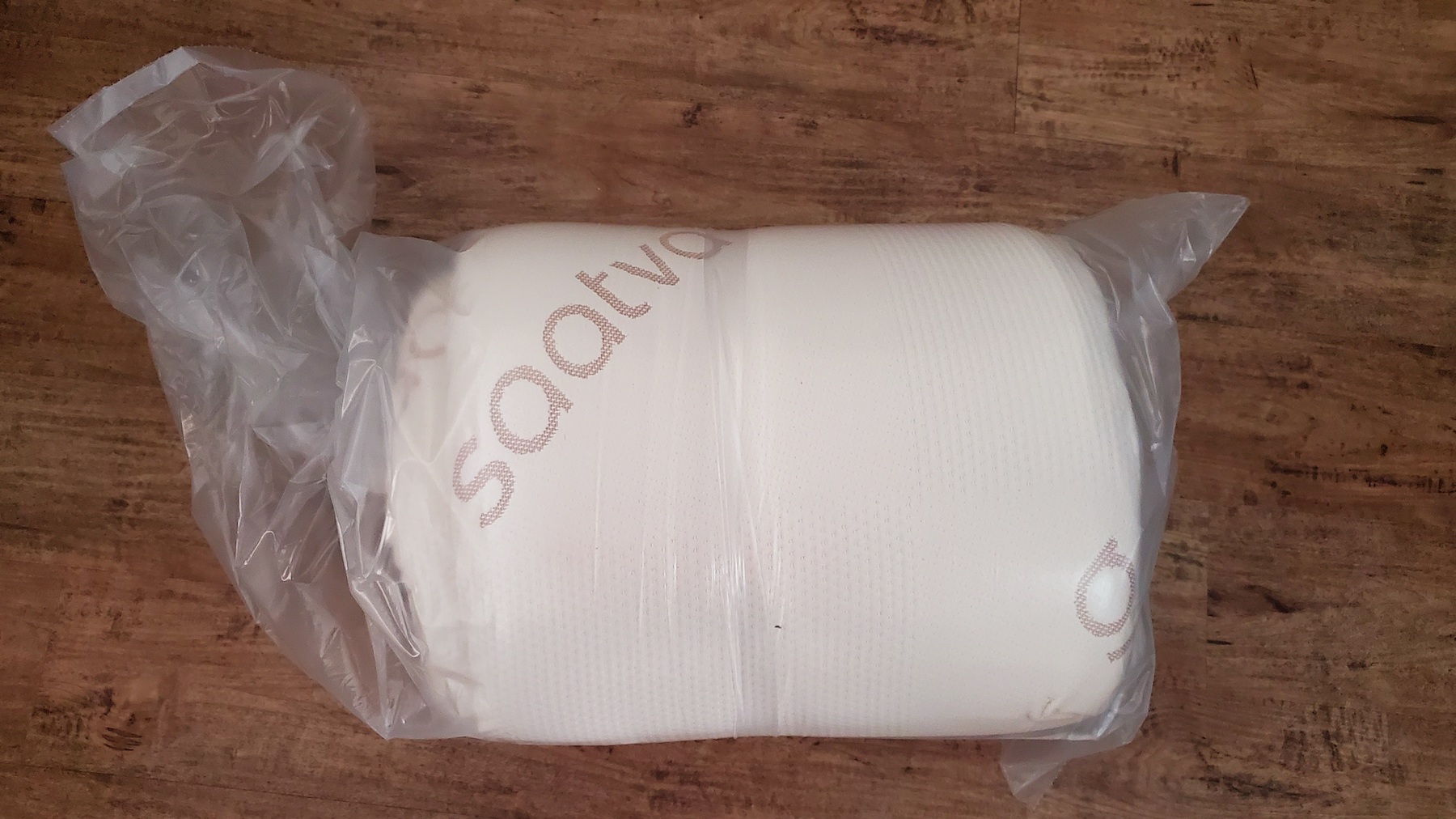
The average price of a mattress topper is much harder to pinpoint, as they come in a wide variety of designs, materials and price tiers. For example, the average twin-size mattress topper is $220, but you can get a twin topper for as little as $30 and as much as $500.
Memory foam mattress toppers tend to be the cheapest, with the average queen ranging from $55 (budget price tier) to $299. Latex mattress toppers are around $575 for a queen, but these are luxury, durable investments.
The big advantage you have with a mattress topper is that you can get your money's worth. It's a great investment as you can put it on your bed and use it all year round, then simply place it on the floor when you're in need of a temporary bed.
Japanese floor mattresses, meanwhile, may not seem like such good value if you only entertain overnight guests occasionally or need a one-off temporary bed.
Japanese floor mattress vs topper: Design and materials
- Japanese floor mattresses are rollable mats, usually around 3" to 5"
- Bed toppers are around 2" to 4" thick made from memory or latex foam
- While foam mattress toppers are flexible, they're not meant to be rolled up
Japanese floor mattresses resemble thick, quilted mats. They usually have a main body made from foam and polyester filling and a microfiber or cotton cover. They are typically at least 3" tall, but no thicker than 5".
The great thing about Japanese floor mattresses is that they are designed to be rolled up and stored away when not in use. Many Japanese futons, like the MAXYOYO Japanese Floor Mattress on Amazon, even come with a dust cover, straps and a storage bag for packing them away easily.
The only problem is that because of their thick and quilted designs, they can be quite bulky when rolled up and can take up quite a lot of storage space. When I tried the MAXYOYO floor mattress, for instance, I was surprised by how much space I needed just to put a twin size away.
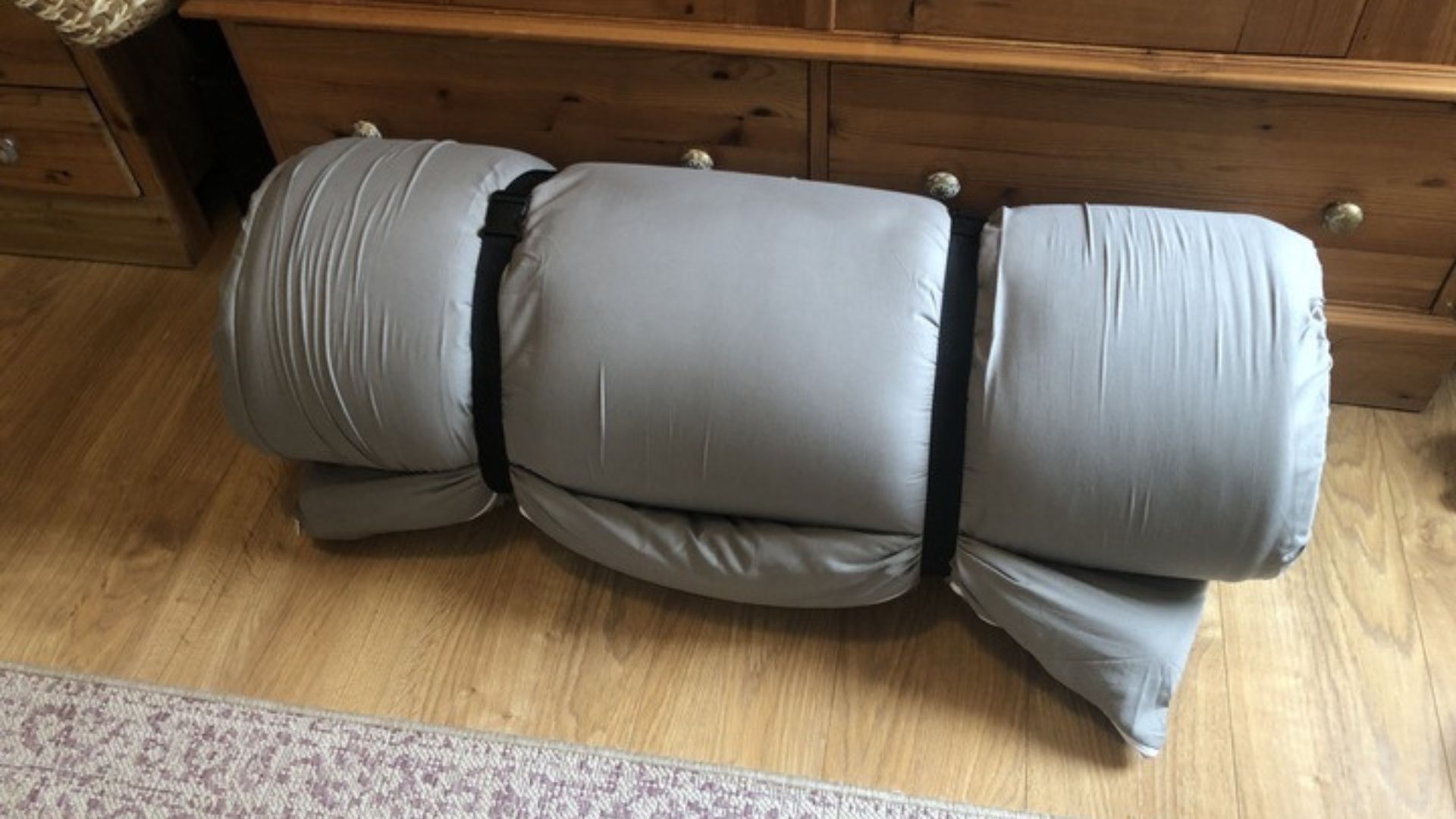
On the other hand, mattress toppers aren't meant to be stored away at all. Mattress toppers' foam builds are pretty flexible and rollable, but they aren't designed to be folded away and doing so may deteriorate the materials.
There is a way, however, to store a mattress topper without damaging it: putting it on your mattress. This is an ideal solution if you need a temporary bed sporadically and want to give your normal mattress a boost all year round, plus it won't take up any storage space.
The tricky thing is that the mattress topper will need to be the same size as your bed. So, if you have a a queen-size bed then you'll need enough floor space to accommodate a queen-size mattress topper.
Japanese floor mattress vs topper: Support and comfort
- Japanese floor mattress provide both support and padded comfort
- Bed toppers are usually thick enough so not to feel the floor below
- Both can provide breathability, but are influenced by type of flooring
Last year, I tried Amazon’s best-selling Japanese floor mattress for the first time, and I was pleasantly surprised by how comfortable it was.
It provided support on par with the best hybrid mattresses, and while it didn't provide the ultra-soft comfort of mattresses made for side sleepers, it was still cushioning enough when sleeping on my side.
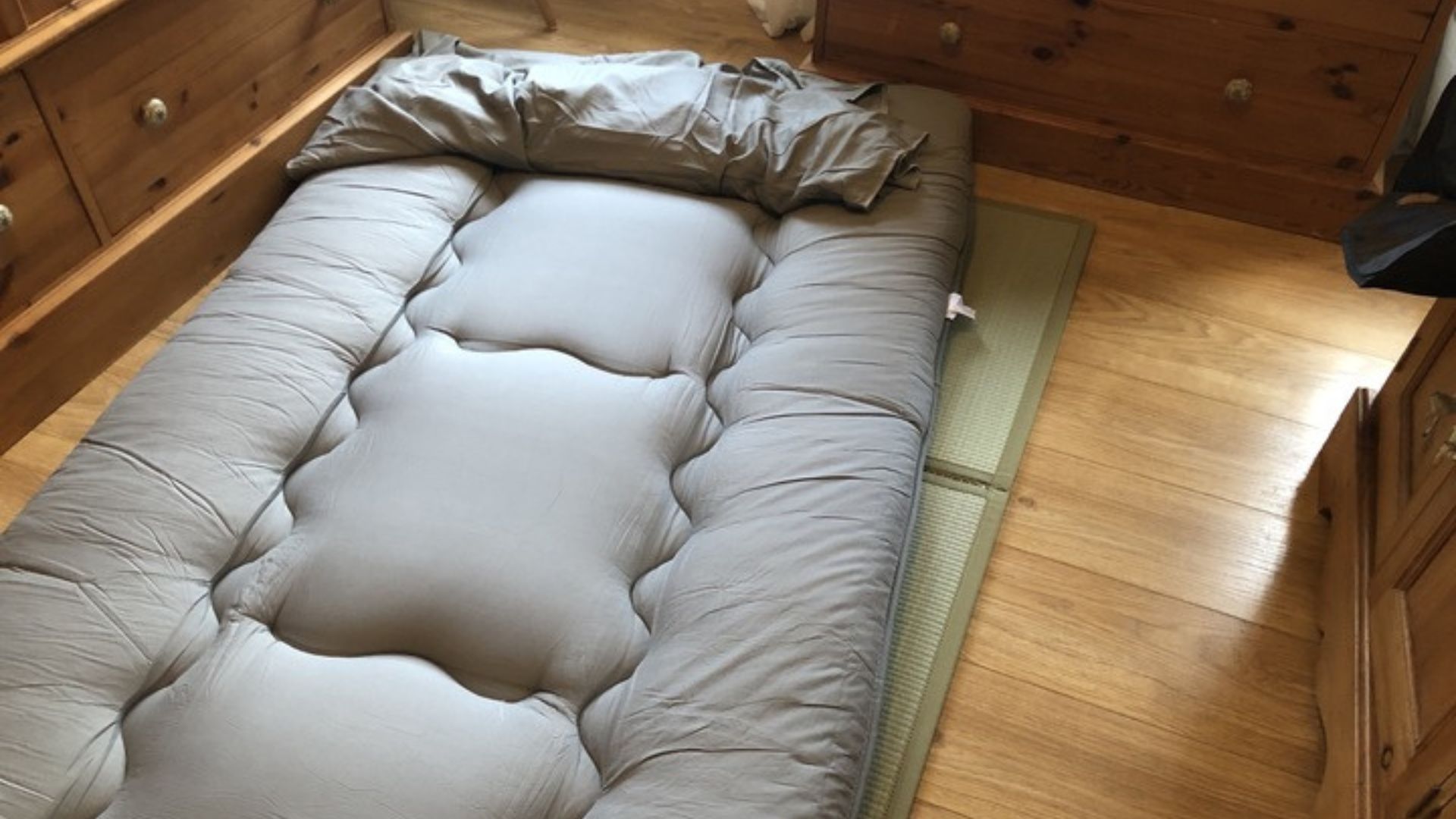
While mattress toppers vary in firmness and thickness, most foam bed toppers are thick and spongy enough to provide body-cradling comfort when sleeping on the floor.
When I used a bed topper as a mattress, I chose a 2" one made from memory foam, which provided thick comfort and support.
As for temperature regulation, both Japanese floor mattresses and most bed toppers are made with breathable materials to sleep cooler. However, sometimes the temperature can depend on the type of floor they're placed on.
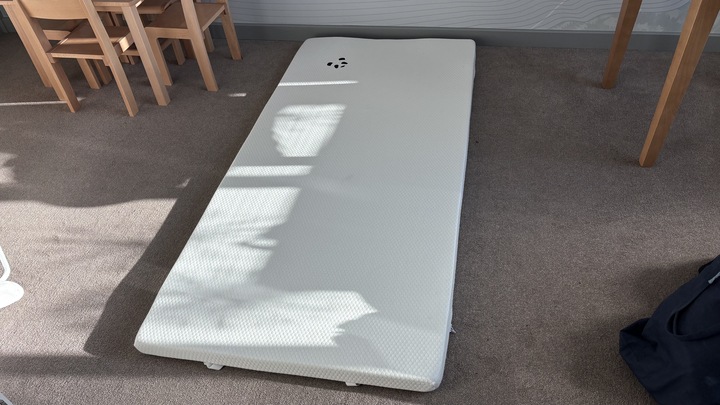
Hard floors, such as wood or tiling, will boost airflow for a cooler sleep, but carpeting can restrict airflow and trap heat. When I slept on a Japanese floor mattress, I placed the FULI Tatami Mat from Amazon underneath to keep the futon cool and dry.
Overall, both a Japanese floor mattress and a foam mattress topper between 2" or 4" will be firm enough to support you but cushioning enough to block out the hardness of the floor.
Japanese floor mattress vs topper: which to buy
Buy a Japanese floor mattress if...
✅ You have enough storage space: Japanese floor mattresses are designed to be rolled up and stored after use, so make sure you have enough storage space at home.
✅ You have a king-size bed: Mattress toppers are great if you have a twin-size bed, as it won't take up much room when you put it on the floor. A king-size mattress topper, on the other hand, will take up a lot of floor space, so it's best to buy a twin-sized Japanese floor mattress instead.
✅ You entertain overnight guests a lot: Japanese floor mattresses are a great investment if you often find yourself with visitors staying for the night.
Buy a mattress topper if...
✅ You don't have a lot of storage space: The great thing about mattress toppers is that, once you've used them as a temporary bed, you can put them back on your mattress.
✅ You entertain guests sporadically: If you only need to cater to overnight guests now and then, there's no point in investing in a Japanese futon.
✅ You have a twin-size bed: A twin-size mattress topper won't take up much floor space when it's not on your bed.

Frances Daniels is a PPA-accredited journalist and Sleep Staff Writer at Tom's Guide with an MA in Magazine Journalism from Cardiff University. Her role includes covering mattress and sleep news and writing sleep product reviews and buyer's guides, including our Best Hybrid Mattress 2025 guide. She is interested in the relationship between sleep and health, interviewing an array of experts to create in-depth articles about topics such as nutrition, sleep disorders, sleep hygiene, and mattress care. She is also our specialist on mattress toppers — producing bed topper reviews and taking care of our Best Mattress Toppers 2025 guide — and leads content relating to fiberglass-free beds for a non-toxic sleep. Outside of Tom's Guide, she has written for Ideal Home and Marie Claire.
You must confirm your public display name before commenting
Please logout and then login again, you will then be prompted to enter your display name.
